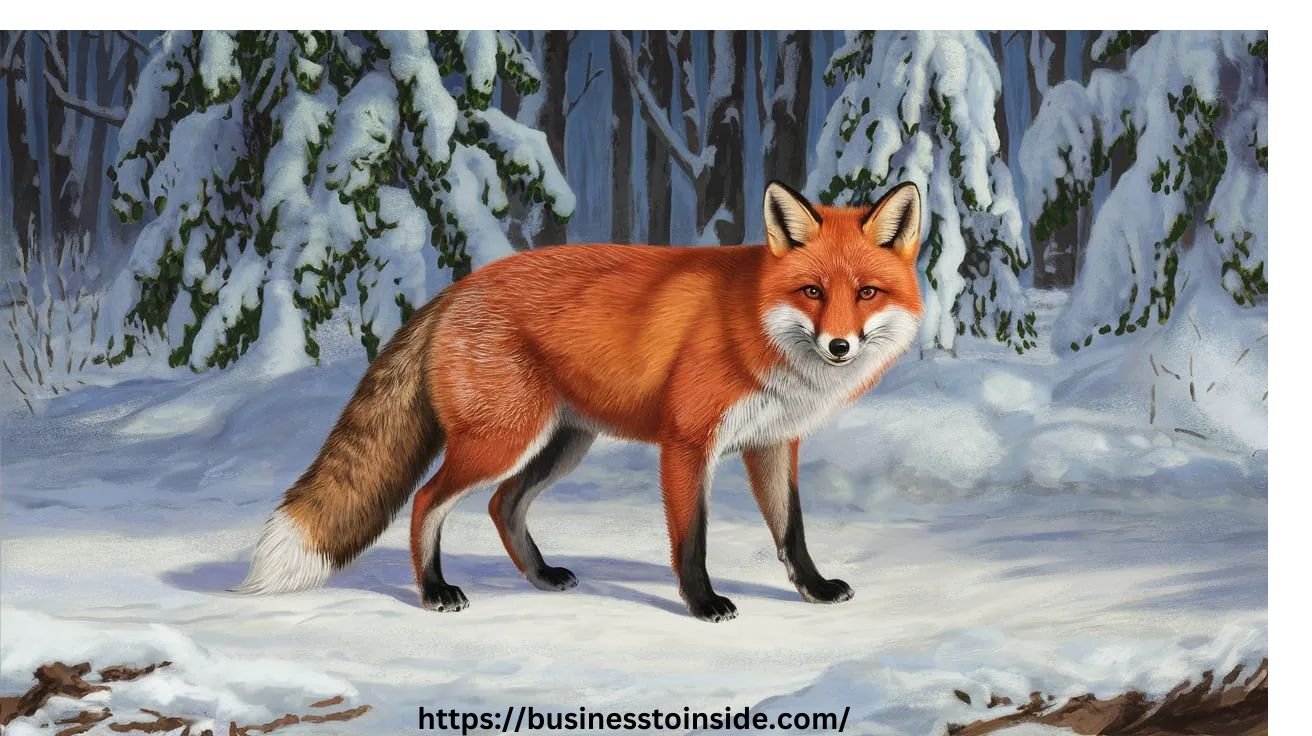Drawing a fox, especially using the technique referred to as “Drawing:1enzi6g2cvg= Fox,” involves a combination of artistic skills, the right tools, and a strong understanding of fox anatomy and movement. Whether you’re a beginner or an experienced artist, mastering this process takes practice and attention to detail. Here’s everything you need to know about drawing a fox using this approach.
1. Tools and Materials
The quality of your drawing largely depends on the tools you choose. For “Drawing:1enzi6g2cvg= Fox,” it’s recommended to use a range of pencils, from 2H for light lines to 6B for deeper, darker shadows. This variety helps to build depth and contrast in your drawing. You should also use high-quality, smooth paper that can capture fine details and shading effectively. Along with pencils and paper, kneaded and precision erasers are essential for correcting mistakes and adding highlights
2. Understanding Fox Anatomy and Expressions
Capturing the unique expressions and poses of a fox is essential for bringing your drawing to life. Foxes have a wide range of expressions, from alert and curious to relaxed. When drawing the alert expression, make sure the ears are erect, the eyes are wide open, and the mouth slightly parted. For a curious pose, the head may be tilted, with the eyes focusing on something off-frame. This helps convey the inquisitive nature of a fox. Depicting a fox sitting with its bushy tail curled around its body is a great way to highlight both the grace and calmness of the animal
3. Shading and Texture Techniques
To achieve a realistic appearance, pay special attention to fur texture and shading. Using short, directional pencil strokes can help mimic the fox’s fur, with varying pressure to give depth and natural variation. Gradual shading techniques are also crucial for creating a three-dimensional effect. Light sources play a significant role here—observe how light hits the fur and creates shadows. Soft blending techniques can smooth out transitions between light and dark areas
4. Popular Poses and Composition
When drawing a fox, certain poses are more commonly used to highlight specific characteristics. For example, a sitting pose emphasizes the bushy tail and elegant body structure, while a running pose demonstrates the fox’s agility and grace. Dynamic lines and curves are used to convey motion in such poses. Playful poses, like pouncing or jumping, are great for adding energy and a sense of fun to your drawing.
5. Realism vs. Stylistic Approaches
Depending on your artistic goals, you may choose different styles for your fox drawing. A realistic style requires a deep understanding of the fox’s anatomy, fur texture, and proportions. This involves detailed shading and accurate portrayal of light and shadow. On the other hand, a more stylized or abstract approach might simplify the fox’s features, focusing more on shapes and colors to convey the essence of the animal in a unique way. Cartoon-style drawings can be playful, exaggerating certain features like the eyes or tail to add personality
6. Common Mistakes to Avoid
One common mistake in drawing a fox is getting the proportions wrong. A fox’s head, body, and tail need to be proportionate to each other, as an imbalance can distort the appearance. Another mistake is neglecting texture. Without the proper application of texture, your drawing can look flat and lifeless. Practicing different techniques, like cross-hatching for shading and fur, can greatly improve the quality of your work
7. Improving Your Skills
To improve your fox drawings, regular practice is essential. Set aside dedicated time each week to refine your skills. Additionally, seeking feedback from peers or mentors can provide valuable insights and help you identify areas for improvement. Using reference images of real foxes can also guide you in understanding proportions and natural poses
In conclusion, mastering the “Drawing:1enzi6g2cvg= Fox” technique requires careful attention to detail, the right tools, and continuous practice. Whether you’re aiming for realism or a more stylized depiction, understanding the anatomy, fur texture, and expressions of a fox will help bring your artwork to life. Avoid common mistakes by practicing proportion and texture techniques, and remember to experiment with different styles to find what works best for your artistic vision.











